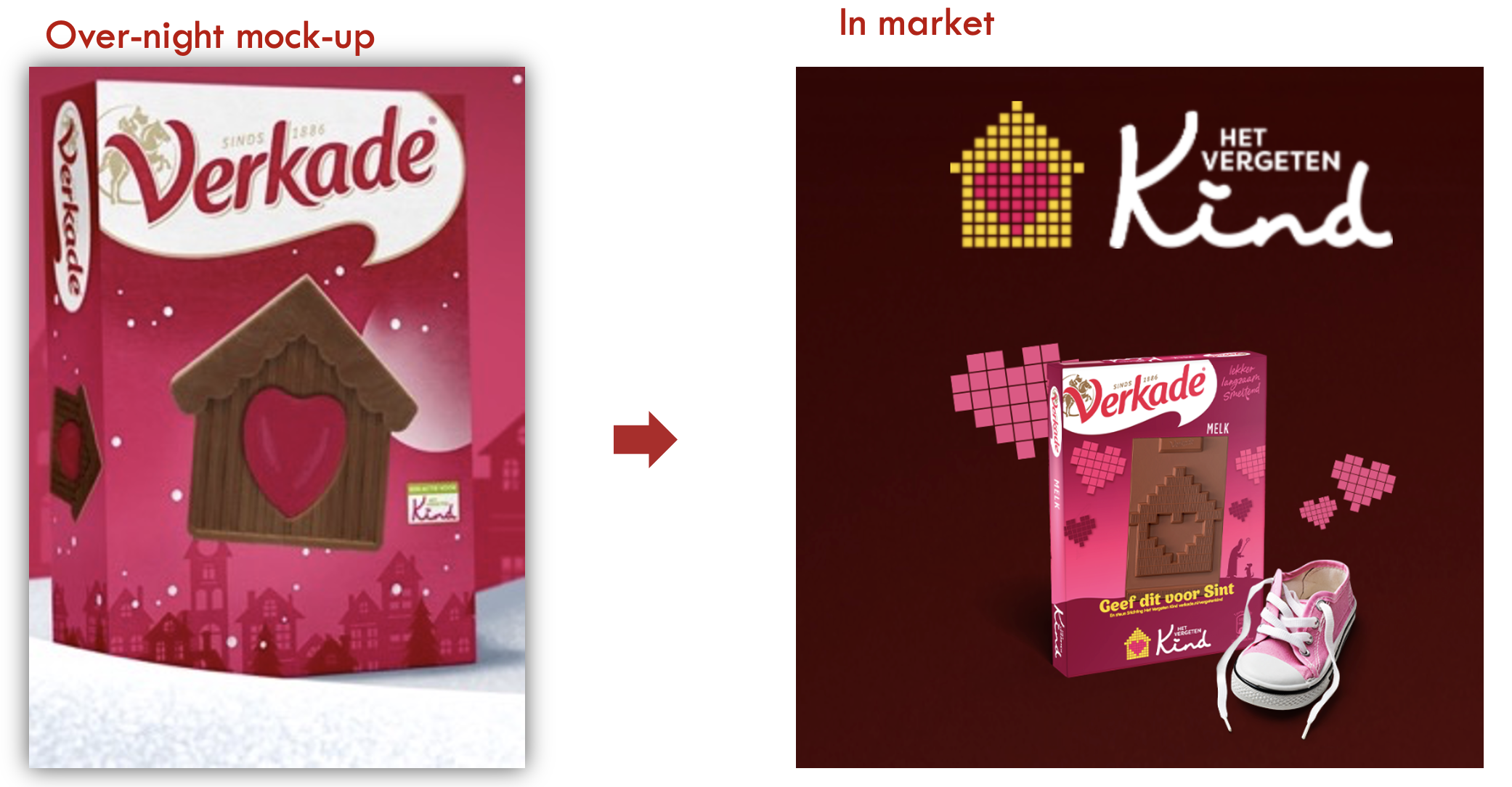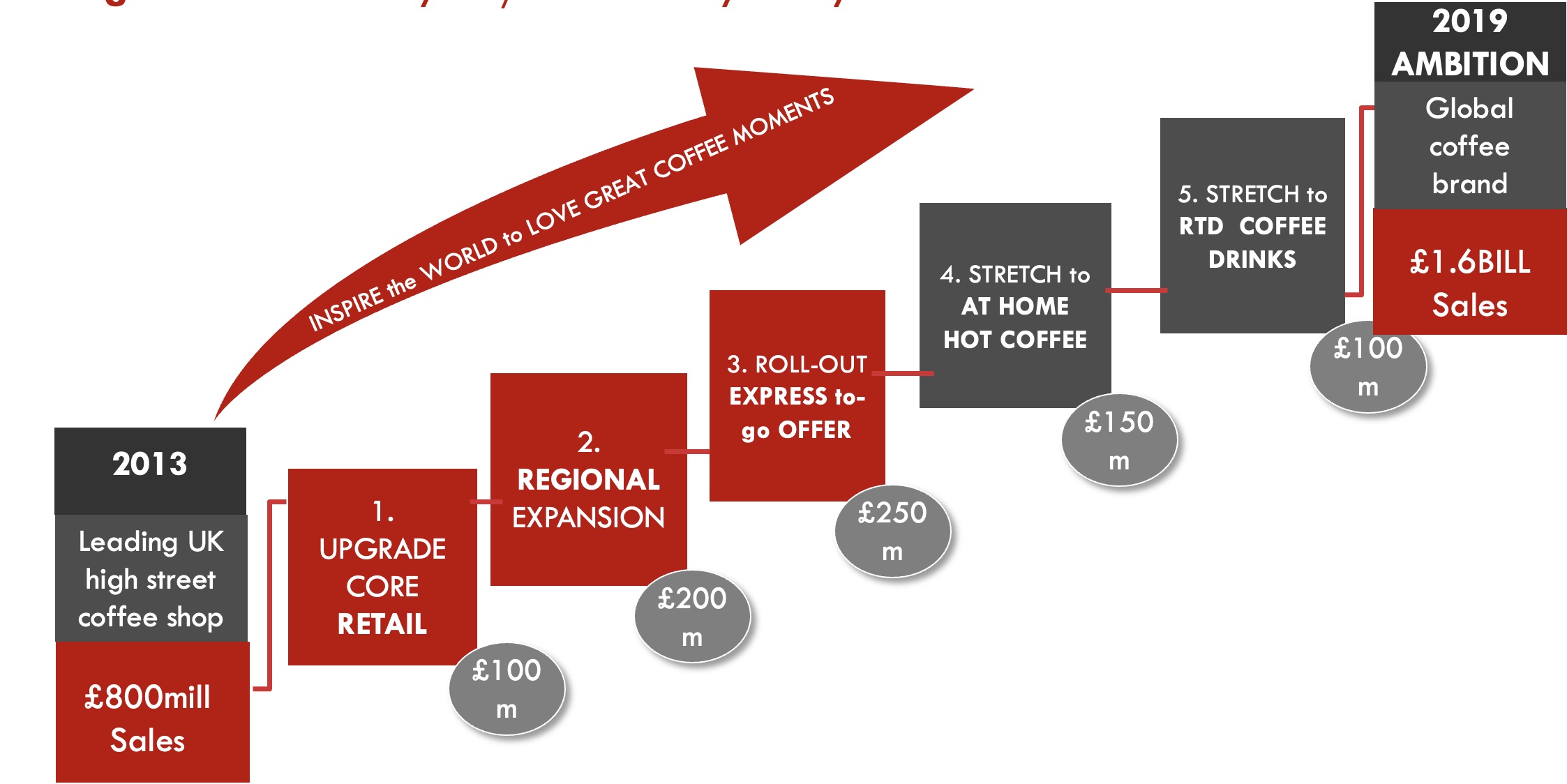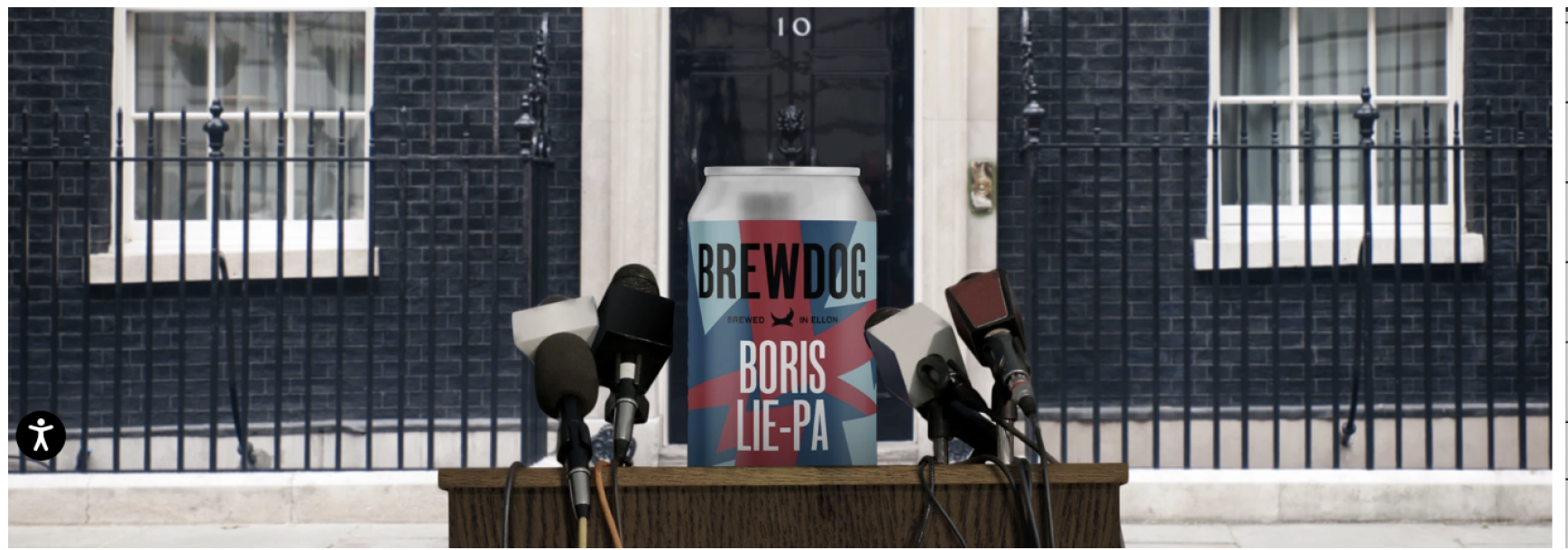The 7 Deadly Sins of Brand Bureaucracy
Our first post of 2023 revisits and refreshes the first ever brandgym article. The 7 Deadly Sins of Brand Bureaucracy was published 20 years ago this week in Market Leader magazine. I look at the problems caused by an over-intellectual approach to branding. I also propose a series of practical workouts to help you start the year with some good habits when it comes to branding work!
1. Working in a vacuum
Brand bureaucrats see brand strategy as an exercise with value in its own right, rather than a means to the end of profitable growth. Strategic work (’brand think’) becomes artificially separated from implementation (’brand do’). For example, one major food company required the completion of a brand positioning tool for each of its brands. This exercise took up valuable time of the marketing and advertising agency teams. However, in many cases, there was no major marketing activity planned for the brand in question. It was nice to have all the boxes filled in line with company guidelines. But the tools were of no practical use.
A good dose of pragmatism is vital to any brand strategy project. Knowing upfront which mix elements will be driven by the strategy enables the involvement of the right agencies from the start. As they are involved from day one, they can experiment with rough executional ideas as the strategy evolves.
Brand think and brand do evolved together in this way on a brand positioning project for Verkade, a Dutch chocolate and biscuit brand. Part of the stimulus created to bring brand positioning routes to life included activation ideas. For one route, The Taste of Home, we prototyped a special Christmas chocolate letter pack that would raise money for a children’s home charity (see below). This idea helped bring the route to life for consumers in research. The idea was also refined and actually launched in market six months later.
Action point: Develop a ‘brand-led growth brief’ for every brand strategy project you do. This should capture the role the strategy will play in creating a business building mix. It should also capture the key creative agencies who need to be involved from day one.

2. Researchitis
Commissioning more and more consumer research is a great way for brand bureaucrats to spend time and money. “Let’s do a few more groups” or “I just don’t know, put it in a test!“ are all responses to difficult print issues. In many cases, a bit of judgement in form by an intimate knowledge of the brand and consumer could provide the answers needed. However, brand bureaucrats did use research is a crutch, because there are two separate from the realities of the marketplace in the consumer.
True insight is something you feel in the gut. It requires going beyond consumer exploration exploration to what I call ‘consumer empathy’. Best of all is to be the consumer yourself, or at least be passionate about the category. This way, you will have a permanent flow of insights based on your own experiences. This form of deep insight has been the source of inspiration for many entrepreneurs we’ve posted on, such as the founder of dating website Bumble here.
Beyond having a team close to the category and its users, ‘covert’ techniques offer deeper insights that are cheaper and quicker than classic research. On a Russian new beer brand project, seeing people drinking beer straight from the can strolling down Moscow streets was illuminating. This showed how beer was considered like a soft drink in a hard spirit drinking culture. This had a direct influence on the successful launch communication, which had a lighter more casual tone than traditional beer advertising in other markets.
Action point: Imagine you had no research budget at all. How would you go about generating deep, rich insights for free? Add back research projects you really need one by one. But commit to cutting 10-20% of the research budget and spend it on brand building instead.
3. Fragmentation
Brand bureaucrats struggle to say “no”, preferring instead to keep multiple projects and initiatives circling, like planes waiting to land. This leads to a fragmentation of financial and human resources. One particularly damaging form of fragmentation is “over-branding”. This involves dressing up mere products to look like brands with fancy names, lovely logos and maybe even their own advertising support.
Coca Cola has gone through an extensive process of culling “zombie brands” from their portfolio, as I posted on here. Analysis revealed that half the company’s 400 brands were small local country brands accounting for only 2% of the company’s sales. A plan was put in place to kill off these small brands that were draining resources, allowing a focus on the big brands with best potential to drive growth.
Action point: Which brands and projects offer the best potential to create growth and so deserve investment and the attention of your best people? Which brands and projects should have their teams and budgets cut or even removed altogether?
4. Incrementalism
Brand bureaucrats love to quote that old chestnut, “No one got fined for hiring IBM!” They are happy for business to chug along at the rate it always has, lacking the ambition needed to stimulate and inspire growth. Often they have spent months, or even years, producing a vision and mission statement which looks nice framed on the wall, but is not backed up with bold action.
To stand a chance of being effective, a brand strategy needs a stretching ambition and a series of brand-led growth platforms to help deliver against this. See an example below for the coffee shop chain Costa Coffee (author’s own version).
Action point: do you have in place a stretchy ambition for your brand and business? Have you defined the brand-led growth platforms that will help you achieve these ambitions?

5. Pyramid polishing
Too much work on branding is still intellectual and divorced from reality, spent filling in the boxes of complicated positioning tools. And to make things worse, the quantity and complexity of these tools has increased in recent years. Hours, weeks and even months are spent ‘polishing the pyramid’: fiddling, word-smithing and fine-tuning in a fruitless quest to make it 100% perfect.
True brand leaders avoid pyramid polishing. They get the words 90% right, ensuring that the content is compelling and easy to understand. They are brave enough to inject colour and character to create a brand positioning not a bland positioning. And they invest in bringing the brand vision to life visually.
Action point: is your brand positioning compelling and concise or fat and flabby, maybe after a round or two of pyramid polishing? How could you streamline the words and use visuals to bring it to
6. Cowardice
Brand bureaucrats are overly conservative when it comes to execution. They fail to recognise that having a clear strategy is not enough for success. Much of differentiation comes from how you execute the strategy.
True brand leaders have the courage to create distinctive communication, design and products that help their brands stand out in today’s crowded market place. There are questions about the leadership style and practices of Brewdog founder James Watt, but the company certainly delivers when it comes to brave and bold marketing. A recent example I posted on here was their Boris Lie-PA beer, released to coincide with the resignation of scandal-ridden UK prime minister Boris Johnson!
Action point: review the creative briefs on your life brand projects. Do they give your team the opportunity to stretch the envelope of the brand and push outside your comfort zone? On at least one project, liberate the creative team and challenge them to do something that scares you!

7. All talk, no action
Brand bureaucrats love telling people to ‘live the brand’ and spend a fortune on internal communication campaigns to get their message across. Dry ice, sexy slide shows and rousing speeches are all used in a polished and professional performance. However, back on the front line it is often business as usual, with few fundamental changes to help people deliver against the lofty objectives.
Brand leaders follow the maxim “People may doubt what you say. But they will believe what you do.” Rather than relying on presentations, they lead by example. Their behaviour bring to life the brand strategy. I posted here on how Will Shu, Deliveroo’s founder and CEO, goes ‘undercover’ each week as a rider to test out the company’s delivery system. This says more about commitment to serving customers and employees than any number of flashy presentations.
Action point: are you over-relying on internal communication to get the brand vision across? How could you modify your day-to-day actions to more effectively bring the brand to life?
In conclusion, brand bureaucracy gives branding a bad name. It is a wicked waste of time, money and energy. As you kick off 2023, challenge yourself to see if you are guilty of committing any of the seven deadly sins. If so, why not use the new year as a moment to make a fresh start using the action points above?


